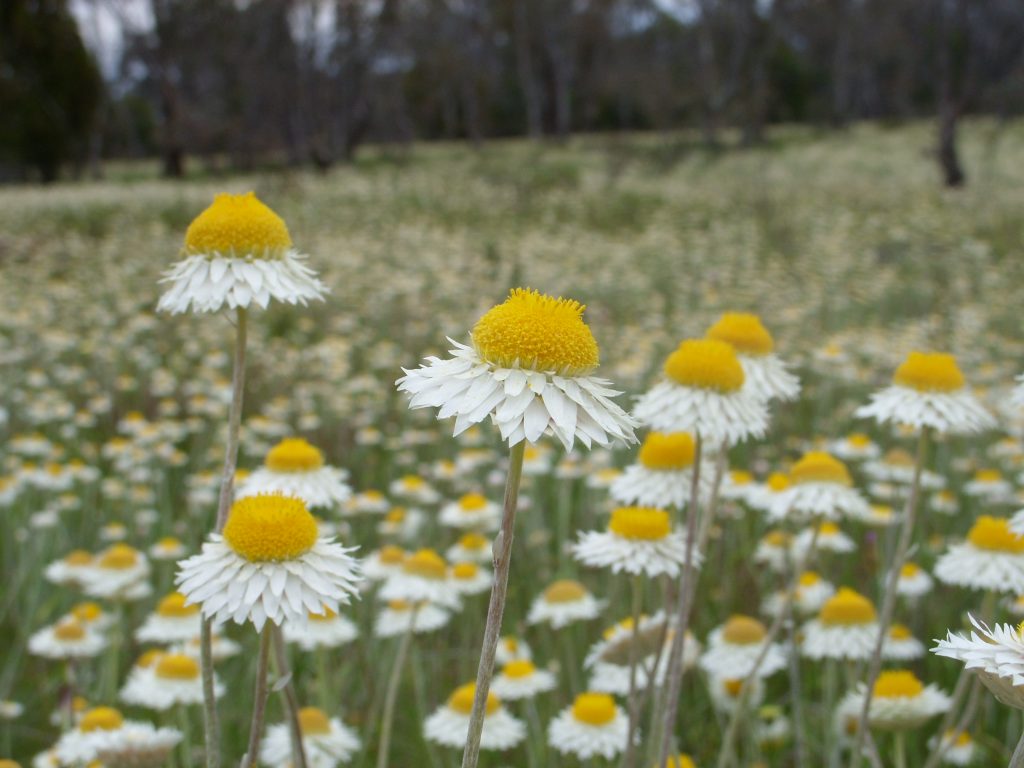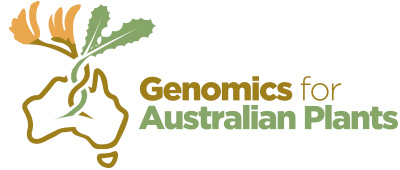Leucochrysum albicans (Hoary Sunray)
Aim: Reference genomes (Phase 2 project)
Project initiation: Oct 2020

Project collaborators:
- Alexander Schmidt-Lebuhn | CSIRO, Centre for Australian National Biodiversity Research (CANBR)
- Annette McGrath | Data61, CSIRO
- Chris Jackson | Royal Botanic Gardens Victoria
- David Marshall | CSIRO, Centre for Australian National Biodiversity Research (CANBR)
- Ilse Breitwieser | Manaaki Whenua – Landcare New Zealand
- Lan Li | CSIRO, Centre for Australian National Biodiversity Research (CANBR)
- Nicola Bergh | South African National Biodiversity Institute
- Rob Smissen | Manaaki Whenua – Landcare New Zealand
Project description:
The Hoary Sunray (Leucochrysum albicans, Asteraceae) is a spring-flowering, short-lived perennial occurring from southernmost Queensland to Tasmania. It has slender leaves concentrated near the base of the plant and carries solitary flower-heads on long stalks. The flower-heads have a yellow centre and either yellow or white petal-like, papery bracts to attract pollinators.
The Hoary Sunray is a popular native ornamental, and its rarer white variety, which is mostly found in the ACT and Tasmania, is of conservation concern. A genome sequence of this species will be the first to be published for the large everlasting paper daisy or cudweed tribe Gnaphalieae, which includes more than 2,000 species worldwide. With c. 500 species in Australia it accounts for approximately half of the native daisies and has evolved a diversity of ecological adaptations to habitats ranging from the arid zone to the Australian Alps.
The reference genome will allow us to understand the diversification of this important part of the Australian flora by providing a resource for bioinformatics, phylogenomic analysis, and marker development.
